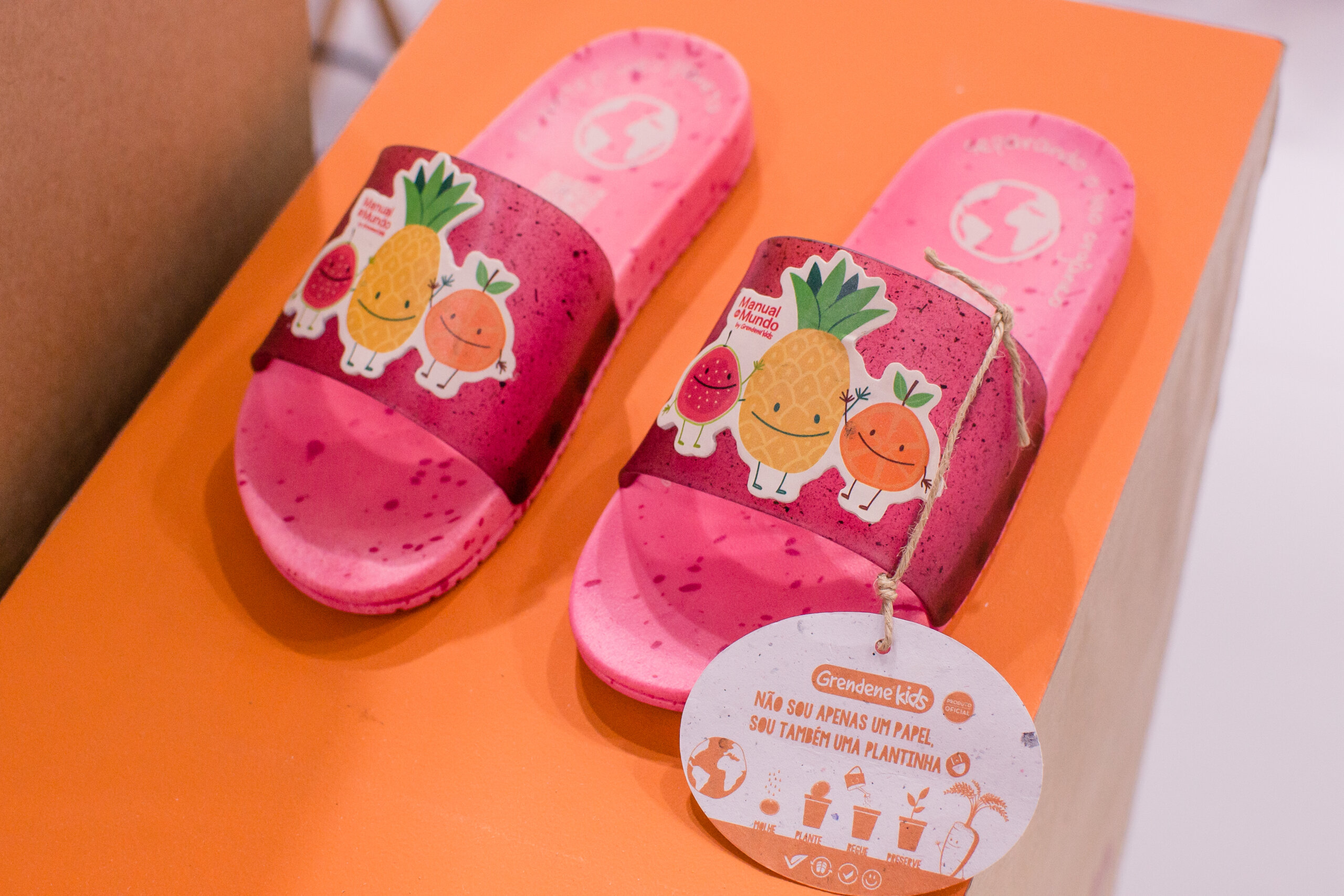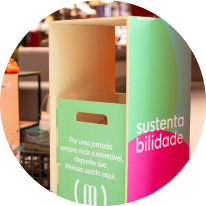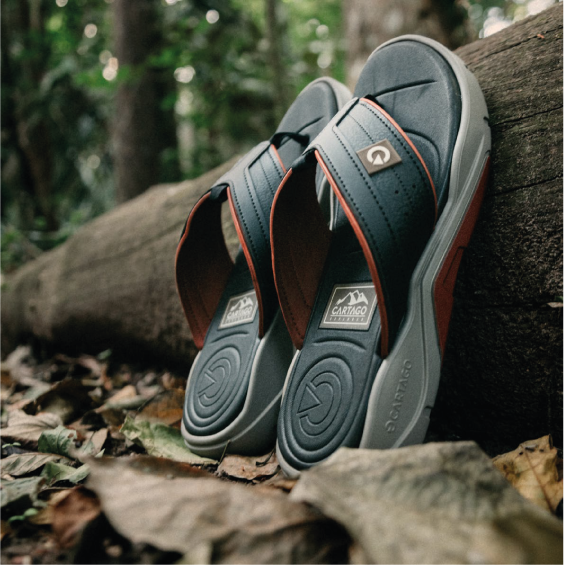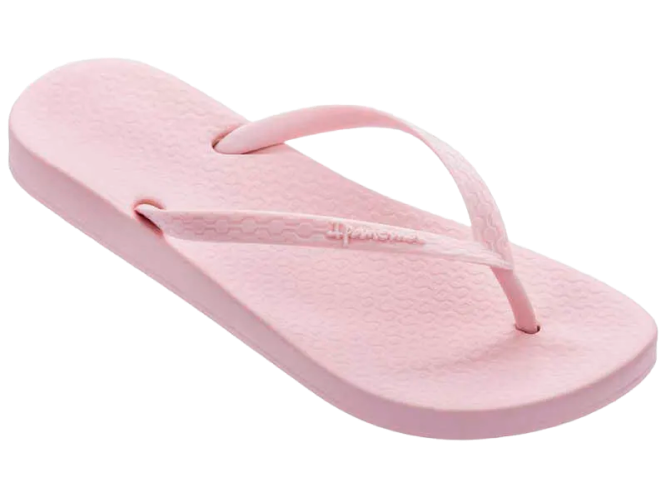We believe that circularity is the future of the fashion world, and we are moving towards this transition by adopting solutions that prioritize maximum use of raw materials, avoiding waste and waste generation.
The main raw material used in the production of our shoes is recyclable and can be reused for many years, as it is durable and has a high recyclability potential.
With circularity practices, we extend the life cycle of materials and products to the maximum.


We encourage footwear that is out-of-use but in good condition to be exchanged or donated. Those that can no longer be used can be disposed of correctly at one of the more than 400 collection points of our Reverse Logistics Program.
Clubes Melissa
Galerias Melissa
C&A stores with Ipanema Recria collectors, approximately
Rider Spaces Copan

9 thousand pairs of shoes collected since 2019
The materials from the pairs collected by our reverse logistics program have been used in new products, from shoes to garden hoses, parts for gym equipment, etc.
To seek improvements and opportunities, we use the Life Cycle Assessment (LCA) method. Through it, we analyze the environmental performance of our products throughout their life cycle - from the extraction of raw materials, through to their manufacture and up until the finished product.
Sustainability Report

With the Life Cycle Assessment (LCA), we found that each pair of Ipanema sandals emits about 300g of CO2eq per shoe.
Our products are designed to have the least possible environmental impact. Through multidisciplinary and collaborative teams, we take care of each stage of the development of our products, reducing their impact from the beginning to the end of their life cycle.
The concern with the materials used begins in the product design itself, which fully respects the world’s main lists of restricted substances in footwear and accessories (PROP65 and reach, for example).
To know the List of Restricted Substances in the composition of our products, visit:
Learn more